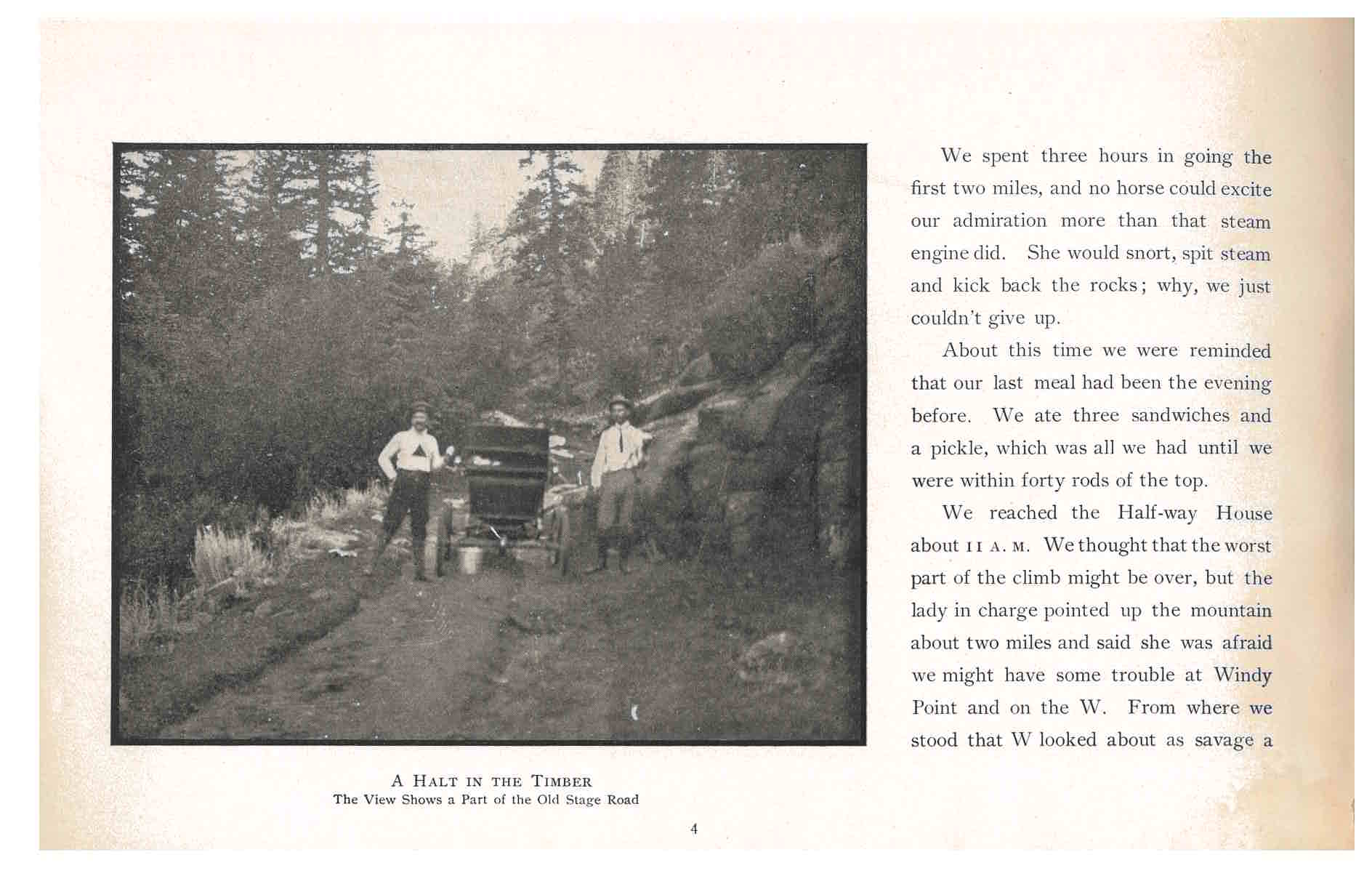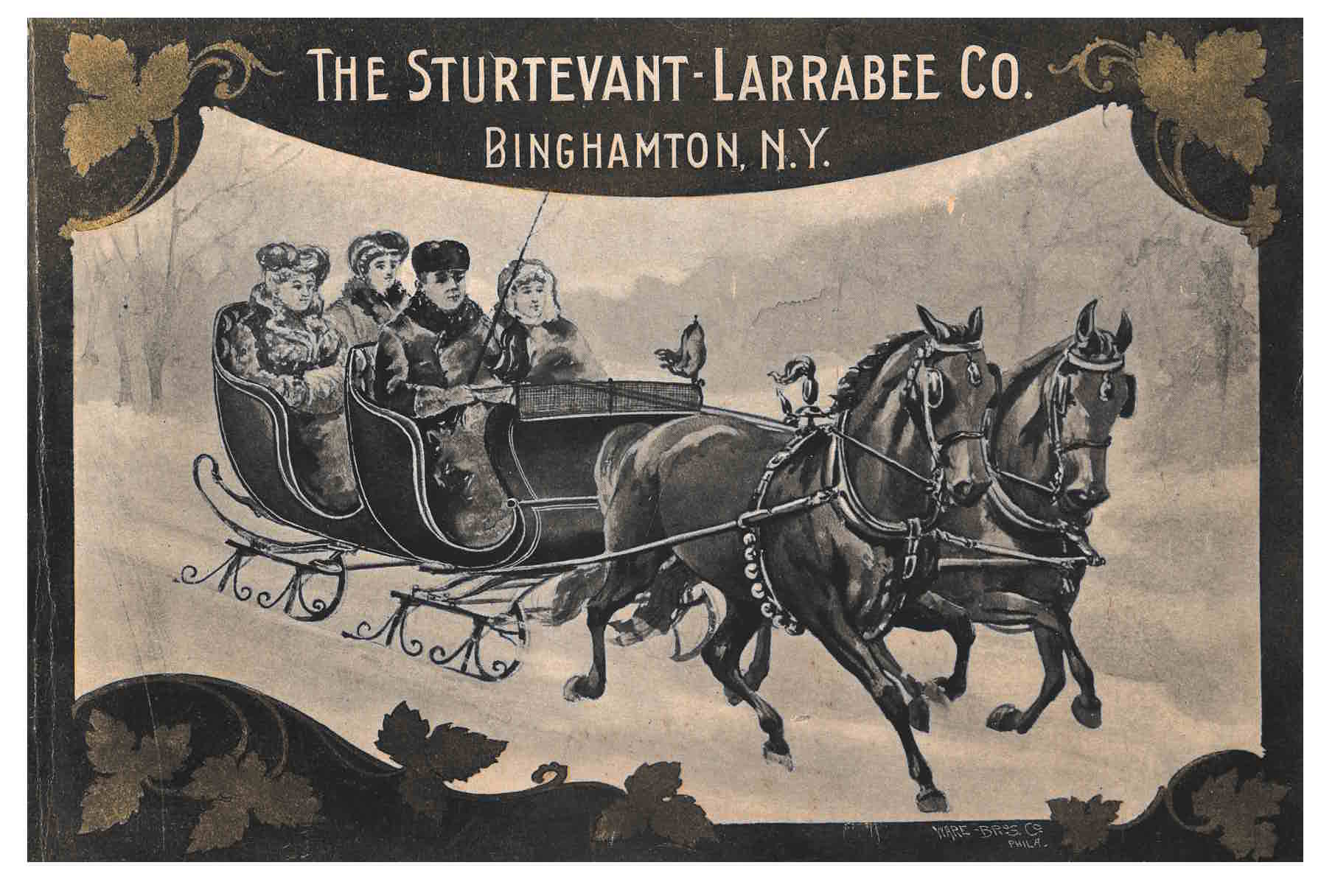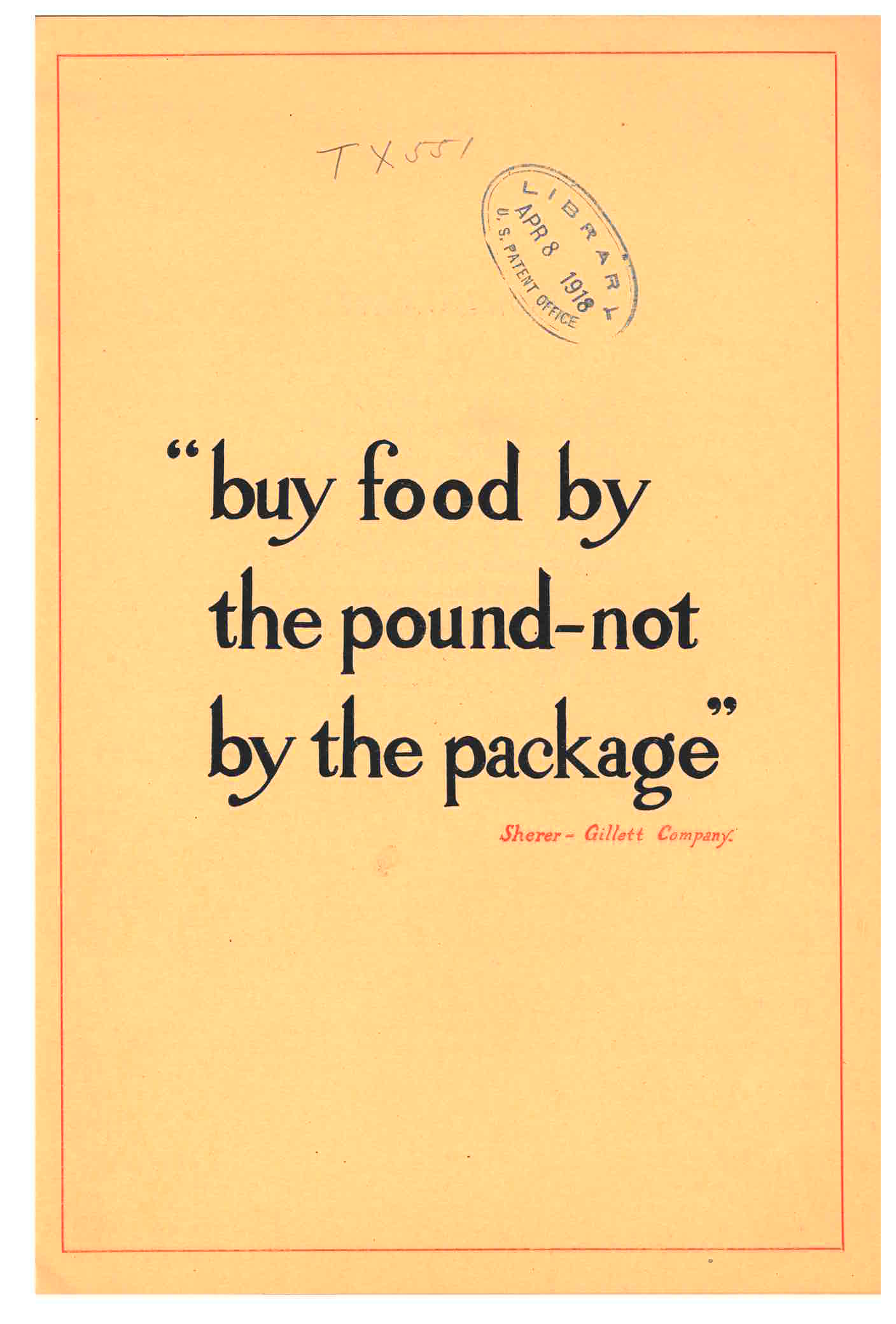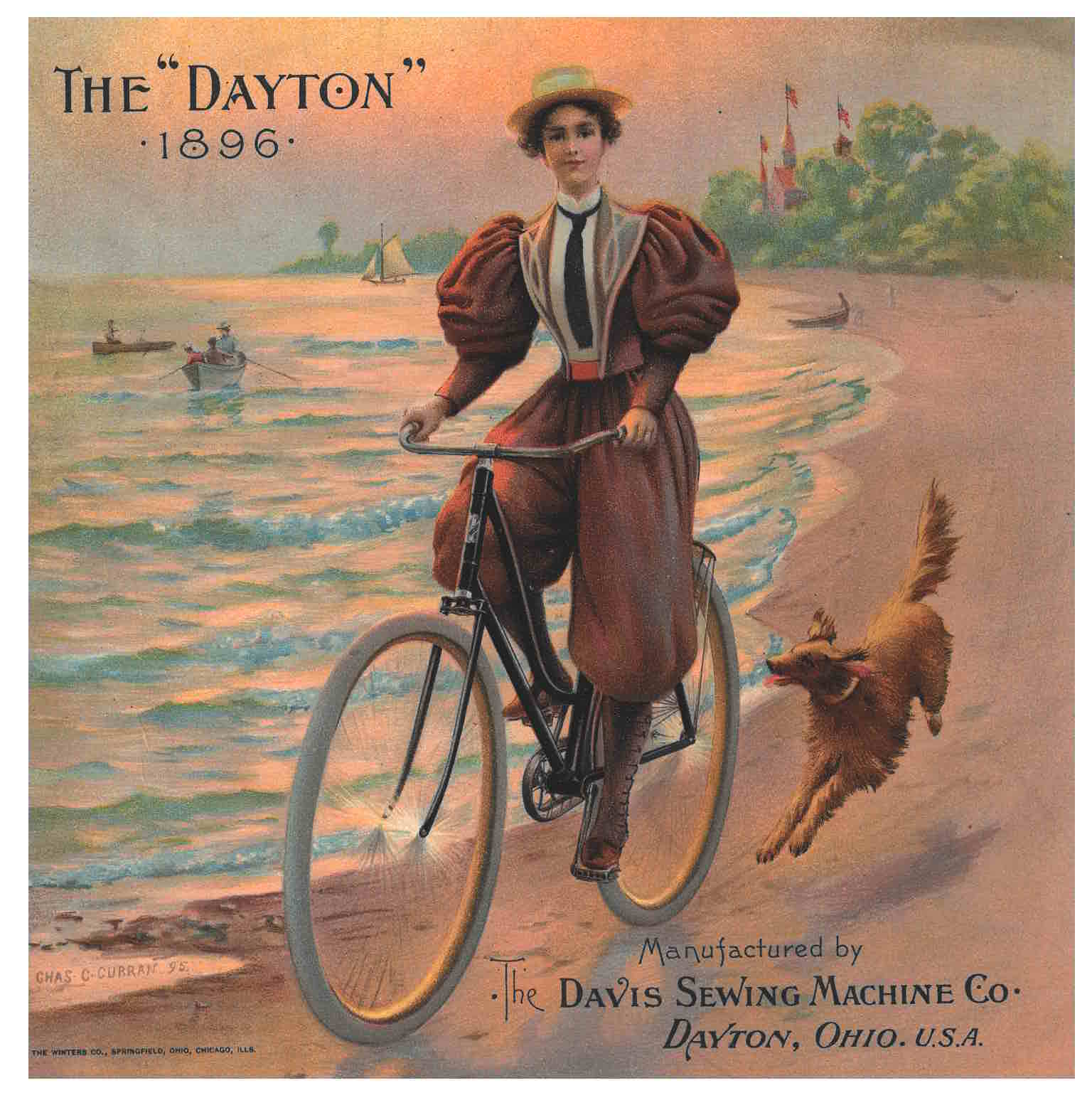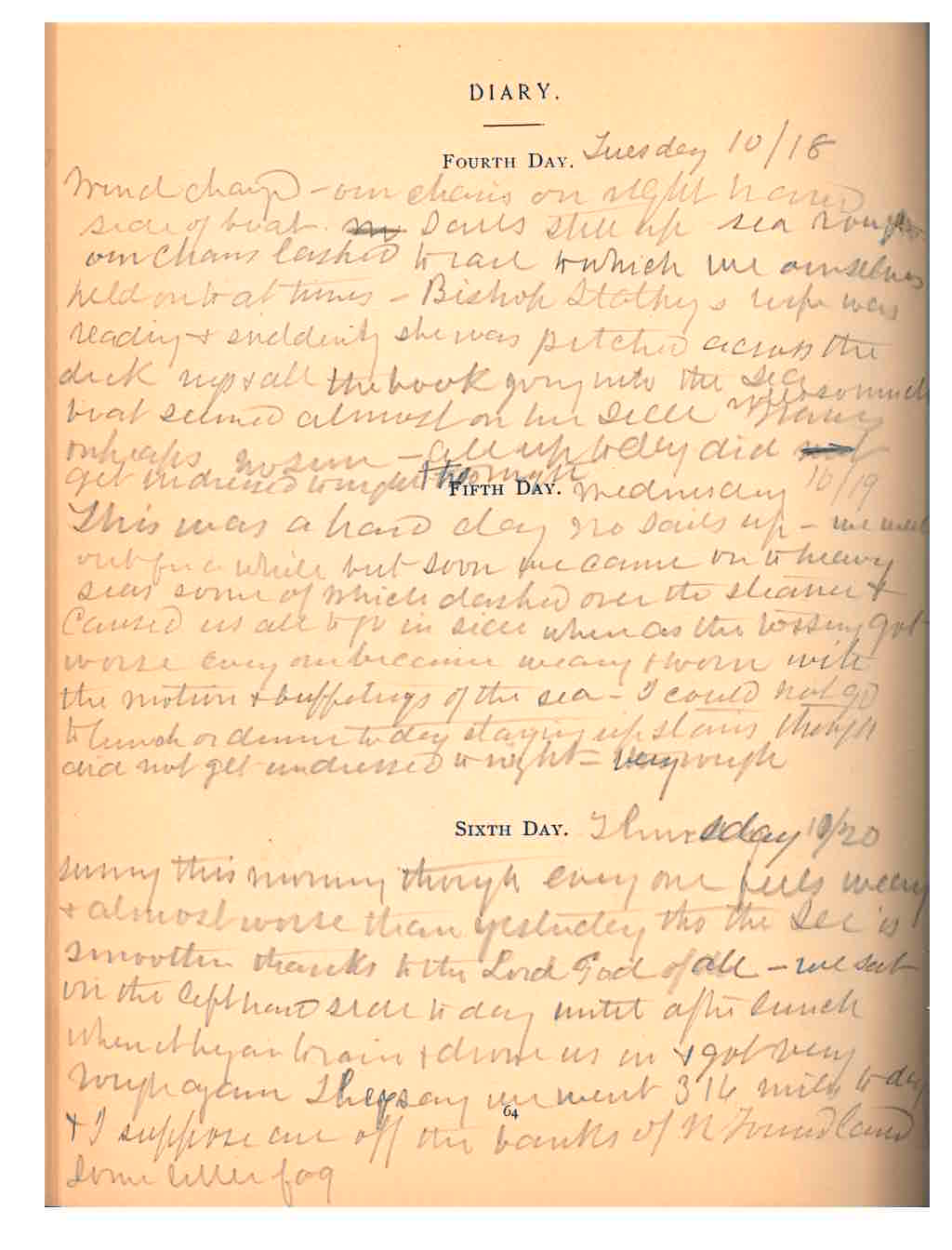Two men set off to ascend a mountain located in Colorado called Pikes Peak. Their transportation was a vehicle called the Locomobile, and this trade catalog traces their journey on an August day over a century ago.
Tag: trade literature
Imagine riding through a landscape blanketed in snow. Whether it’s a family outing, a trip to deliver goods, or simply a pleasure ride, this early 20th Century sleigh catalog includes a few possibilities.
With Thanksgiving just around the corner, we might be thinking of delicious food. Or perhaps we are realizing how much time it will take to prepare such a meal. Modern kitchen appliances have made cooking easier but imagine what it was like to cook on a stove, such as one of these, in the 1860s.
Can a particular kind of retail furniture help grocers save money and prevent food waste? In a World War I era trade catalog, Sherer-Gillett Co. promotes a piece of furniture designed for grocers to install in their stores. It was called the Sherer Counter, a bulk food storage system described as a way to cut down on waste and help with the war effort.
Recently, I stumbled across a trade catalog that made me pause. As I looked at its vibrantly illustrated front cover, I thought of relaxing, summer days at the beach. It shows a bicyclist riding along the shoreline, a dog following closely behind, and boats in the distance. I also noticed one more thing. The name of the company refers to sewing machines while the front cover illustrates a bicycle. That observation sparked my curiosity to explore the pages within this catalog.
At first glance, this trade catalog appears to be typical. It provides general information for steamship travelers. But as I turned to the last few pages, I stumbled across something unexpected. It includes a handwritten diary of a passenger.

